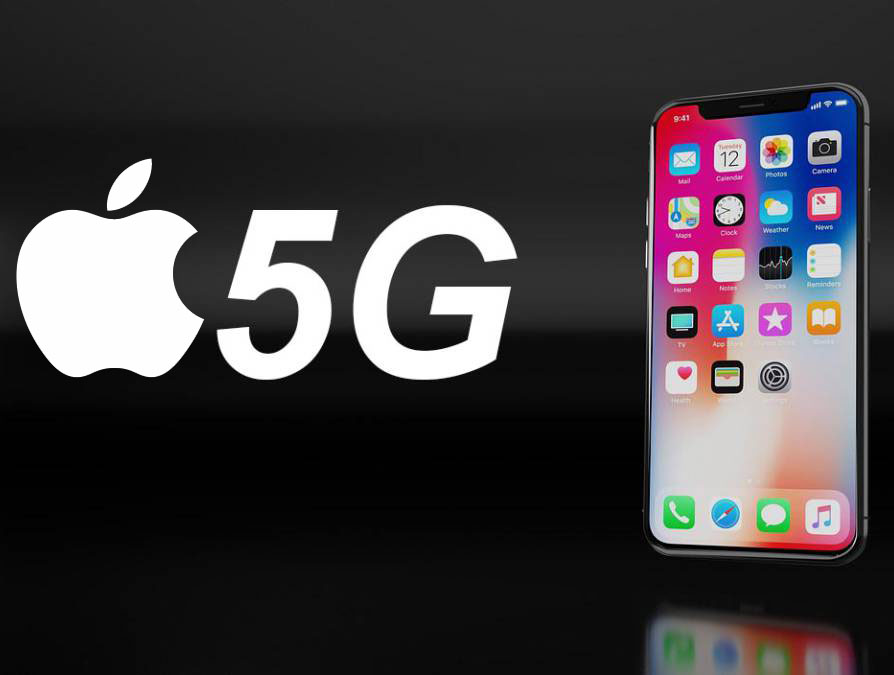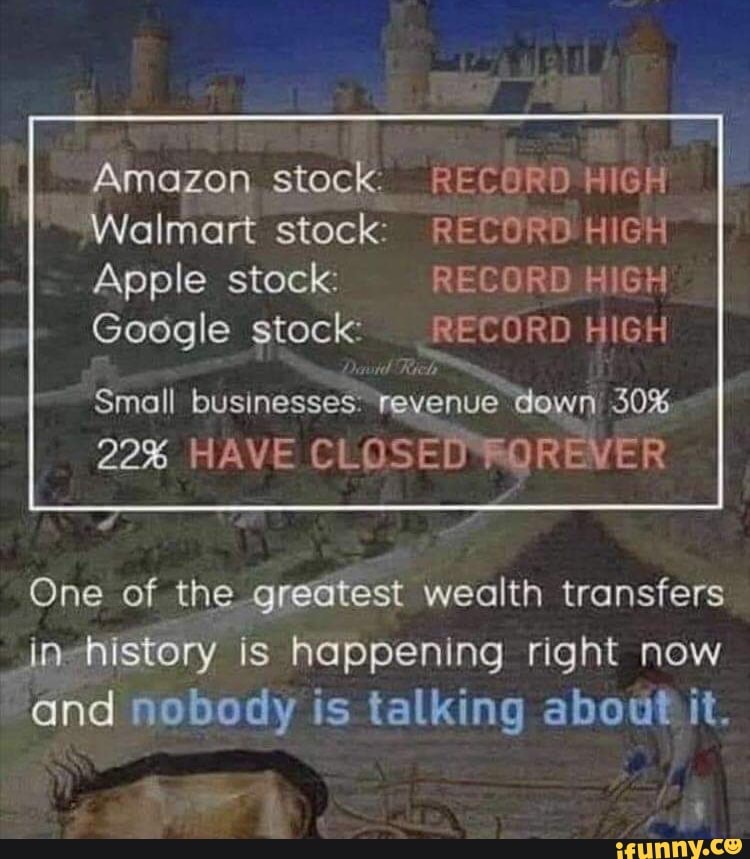"We were convinced this was going to be an educational play—computers in schools. We had no concept of a personal computer market," recalled Wood. He had the Apple business plan and started to haircut every assumption he could find, but his more conservative calculations still projected Apple growing like wildfire. Continental Illinois invested $504,000 in August 1978. The firm sold $5 million of the position at the IPO to get back 10 times its original investment and still held 1.5 million shares of house money. Wood, who went on to co-found private equity firm Madison Dearborn Partners, had no regrets when Continental Illinois trimmed the position and locked in gains to contribute to the bank's overall earnings.
It would take 30 years before an Apple IPO investor would see a 78-fold return. There are no guarantees in the stock market, and single-stock investments are riskier than investing in a diverse portfolio, but sometimes, those single stocks work out great and offer amazing returns. When that happens, you've found the holy grail of the stock market. You can park it somewhere safe, like a CD or high-interest savings account, or you can take a little risk and invest in the stock market.
If you go the investing route, you can choose how much risk you want to assume. The right index fund gives you adiversified portfolio for a low price, while trading individual stocks may produce big gains. There are also investing options outside of the stock market, such as real estate. While the stock market has been a popular investment option for a very long time, the way people invest is changing. Over the last few years, single-stock investments have gone out of favor when compared to low-cost index funds, but many investors still stick with portfolios of individual stocks.
They might be all stocks, all bonds, or a combination thereof. Mutual funds have a manager – a person who is choosing what to include within the fund. This could provide a nice in-between for people who want to invest in individual funds but don't have the time or know-how to research every stock. So instead, you just research a mutual fund and/or mutual fund company. Then you leave the specific investing decisions in the hands of the fund. The big trade-off is that some mutual funds, especially actively-managed funds, can have high management costs.
When the stock market came tumbling down during the Great Recession, many investors ran for the hills. Jim Wang, the founder of Best Wallet Hacks, had a different idea. He saw an opportunity in the low stock prices and bought shares in several companies, including Southwest Airlines. That single stock investment returned 950% within 10 years of Wang's 2009 investment. Funds contain bundles of securities from different companies and/or industries. The diverse holdings can make them a safer investment than individual stocks.
Trading within a stocks and shares ISA is a tax-efficient way to invest your money as all income from your shares will be free of income tax. It also means you won't be liable for any capital gains tax when you sell your investments. Advocates for low-cost funds argue that investors are best off buying a broad portfolio of stocks that emulates the market as a whole. Advocates for single stocks, on the other hand, appreciate the granular control of each investment and the portfolio as a whole. There is no right or wrong answer here—just what works best for your investment goals and risk tolerance.
There is a chance that trading attributed to tax loss harvesting may create capital gains and wash sales and could be subject to higher transaction costs and market impacts. In addition, tax loss harvesting strategies may produce losses, which may not be offset by sufficient gains in the account and may be limited to a $3,000 deduction against income. Within the world of mutual funds and ETFs, one popular option is index funds. Rather than having a manager who actively picks stocks and make trades, index funds attempt to track the performance of a single market index. For instance, an index fund might track the S&P 500 index . The result is that you can easily invest in a wide range of companies.
This provides you with some protection in case certain companies or sectors of the economy struggle. Index funds tend to outperform actively managed funds over the long term. After you contribute to your employer's retirement plan (or if your employer doesn't offer one), consider maxing out an individual retirement account .
A traditional IRA provides the same benefits as a 401. You pay tax on your funds when you withdraw them, but the money that goes in is pre-tax; since it's not a paycheck deduction like a 401, this means you get to deduct the money you contribute on your taxes. Another option is a Roth IRA, which allows you to contribute after-tax money. There's no tax deduction – this is money you've already paid income taxes on. Information provided on Forbes Advisor is for educational purposes only. Your financial situation is unique and the products and services we review may not be right for your circumstances.
We do not offer financial advice, advisory or brokerage services, nor do we recommend or advise individuals or to buy or sell particular stocks or securities. Performance information may have changed since the time of publication. Past performance is not indicative of future results. To show exactly how well some single-stock investments pay off, here's a success story from an expert in the world of investing. Julie Rains, a blogger atInvesting to Thrive, advocates investing in single stocks as part of a well-constructed portfolio. Julie invested $7,000 in California-based computer-graphics-chip manufacturer Nvidia.
The stock became a tenbagger; its value increased 10 times to more than $95,000 after she purchased it, as NVDA achieved advancements in deep learning and software for thedriverless carmarket. The quickest way for me to value Apple is to adjust analyst earnings estimates for sandbagging and then make some quick growth assumptions to get 2026 earnings. Apple beats analyst earnings estimates somewhere around 90 percent of the time historically, so we have to adjust for analysts being lazy. Putting a 25x multiple on Apple gets a price target of $190 for AAPL in 2026. At today's price of over $143 as of writing this, this is roughly a 6.5 percent annual return for Apple shareholders, plus the 0.6 percent dividend for a total return of 7.1 percent.
This is after adjusting analyst numbers to the upside and assuming the P/E multiple stays historically high but contracts slightly. Any corporate income tax hikes would lower this price target slightly. Should Apple trade more in line with historical valuations, the result would almost certainly be painful for shareholders. Apple trades for 27x 2021 earnings while analysts only expect EPS growth in the 5 percent range going forward. The Trump Administration freed Big Tech's offshore cash hoard, and Apple's secret weapon of buybacks isn't as effective with the stock at nearly 30x earnings. Apple additionally got a one-time boost in net income from the corporate tax cut, which is now fully priced into the stock.
If you owned Apple before you get the same great business, but the stock is completely different. I noted in my original trade that the sell-side analysts were wrong. To this day, Apple stock and options remain the biggest contributor to my lifetime trading profits, and I love the company for its growth and cash flow.
However, as time has passed over the last 6 years, AAPL stock went from dirt cheap to extremely expensive. If you buy Apple today, you still get the same great business, but the valuation is severely capping your upside as the stock has outrun the business fundamentals. I'd like to do some of the same analysis I did in making that trade to show why today's Apple is not the same stock as the one I bet on 6 years ago.
To paraphrase Kenny Rogers, you've got to know when to hold and when to fold. In the charts below, all data splits are adjusted and gain-loss figures do not include dividends, interest, distributions or fees except on cash accounts. The portfolio value represents current holdings and the comparison charts represent current and historical prices of individual benchmarks, stocks or exchange-traded funds. Trading within an ISA works differently to trading made outside an ISA.
First, you need to transfer funds to your HSBC InvestDirect stocks and shares ISA before you can trade, which you can do via online banking. Also, proceeds from a sale will remain inside your ISA. You can request a cash withdrawal from your ISA at any time – although if you do, you can only replace this within the current tax year by using an additional part of your ISA allowance.
ETFs are similar to mutual funds, but they trade like stocks. They often, but not always, have lower costs than mutual funds. You can invest in just certain types of companies (e.g. large corporations), specific sectors of the economy or in other types of investments, like bonds and real estate. There are also ETFs that center on an idea, such as supporting renewable energy. Annual investment return is assumed to be 7% each year.
The investment performance is not attributable to any actual Betterment portfolio nor does it reflect any specific Betterment performance. The balance projections are based on an initial deposit equal to the monthly deposit selected. All investing returns and interest paid are assumed to be immediately reinvested. Hypothetical examples are for illustrative purposes only, and market conditions can and will impact performance.
While individual shares are one way to invest in Apple, it's not your only option. You could also invest in index funds or exchange-traded funds , which you can buy through your online brokerage like you can individual stocks. Keep in mind, if your investment has increased in value, you may owe taxes on your profit.
These so-called capital gain taxes are determined based on your income level and how long you held your AAPL stock. If you're concerned about how selling your Apple shares may impact your taxes, don't be afraid to speak with a tax professional, like a certified public account . At the time, esteemed early-stage investor Alan Patricof managed Fifty-Third Street Ventures.
The firm originally invested $315,000, which on Apple IPO day was worth just over $5 million. Buying individual stocks is largely the same process as buying ETFs, mutual funds, and bonds. You'll need to open and fund a brokerage account that gives you access to the market.
From there, you can use a stock screener to filter through the market and narrow down your choices. Once you are ready to buy a stock, you just need to place a buy order. Apple would need a substantial pullback before I would consider the stock a good buy. The last time I covered Apple, I suggested buying Apple on any pullback to 20x earnings, which would now imply buying a dip to the $110 to $115 range-possibly closer to $100 in a broader market downturn. The history of Apple stock is full of booms and busts- your patience is likely to be eventually rewarded.
If you own highly appreciated Apple stock I would consider taking advantage of current prices to take some profits. While you can always make money trading NASDAQ stocks on momentum, I just don't see business fundamentals justifying paying up for Apple here. Either the business will need to catch up while the stock stays flat, or the stock will need to fall for Apple to converge with fair value here. By adding Wealthfront to the investments you're already making, you can balance the risk of single stocks with the opportunity to realize gains across a variety of funds simultaneously.
There's no better strategy to building long-term wealth. You can also invest in foreign securities by buying mutual funds from foreign fund houses. Just like in case of stock investments, you will have to comply with the rules for mutual fund investors in the destination country. Like stocks, mutual funds do come with risk, so it's important that investors research a mutual fund before they put any money towards it. No matter how you choose to invest, start by paying down your debt and building an emergency fund.
Then consider putting as much as possible in tax-advantaged retirement accounts. Finally, make sure you consider your risk tolerance and create a strong financial plan before you start making investment decisions. Because these investment funds own hundreds or even thousands of different stocks, they're generally considered to be less risky than individual stocks while still offering solid long-term returns.
Market commentators described Apple's first trading day as "orderly," with a respectable gain of 30%. Many investors were eager to own a slice of Apple and participate in the burgeoning personal computer space. The stock was unavailable in Illinois and Wisconsin, and in Massachusetts it was banned outright.
"We feel it's over-valued," said the Massachusetts regulator, citing a state law that IPO stock prices cannot exceed 25 times earnings per share. The future performance of single stocks is based on many factors, including the company's financial performance and overall economic and market conditions. A change in interest rates or unemployment figures is often enough to send stocks into a tizzy, and earnings announcements can have a major impact in the short term as well. Apple has historically been a great long-term stock due to being a great business and the behavioral bias of disposition effect selling. Back when I made my Apple trade, I sketched out the thesis for Apple on the back of a napkin.
Is Apple Stock Doing Well Apple was selling tons of iPhones, the stock traded for like 13x earnings, and the company had a ton of offshore cash that they could borrow against to endlessly buy back the stock . Apple additionally had an arbitrage play with the offshore cash as the investment income they got off it was the same or higher than the interest on their own debt. Investing through global funds is the most convenient way to invest in global stocks. Though the individual does not take buy and sell calls, he does enjoy all the advantages that mutual funds offer. Investors who want millionaire-making returns should probably seek out higher-growth stocks with smaller market caps.
However, investors who want stable stocks to hold for decades should stick with Apple -- which should be valued more like a consumer goods company than a tech one. Asset allocation, two terms that involve spreading your money across various investments to align how much risk you're taking with your personal risk tolerance. Investing your entire portfolio in any single stock is considered risky; one run of bad luck for that company and your whole investment is at risk.
Diversifying your investments across many companies, industries and geographical locations can help reduce that risk. Like mutual funds, ETFs pool together the money of many individual investors who have similar investment goals. If you have debt with a high interest rate, your best bet is to pay this down before putting anything in the market. That includes credit card debt and debt from other loans, such as payday loans.





























No comments:
Post a Comment
Note: Only a member of this blog may post a comment.